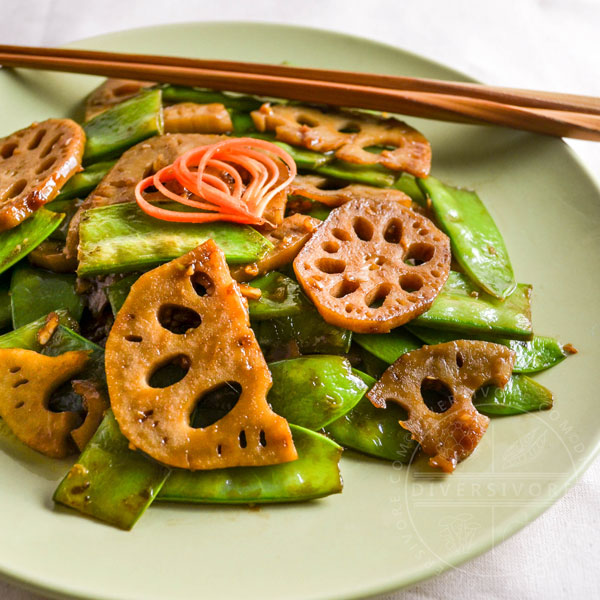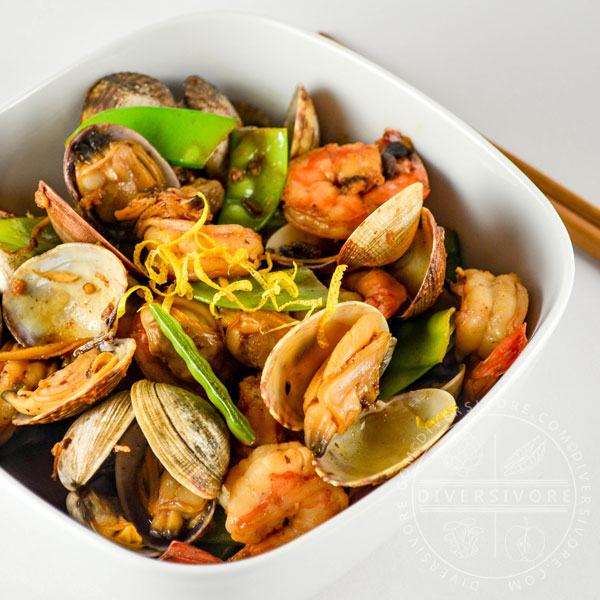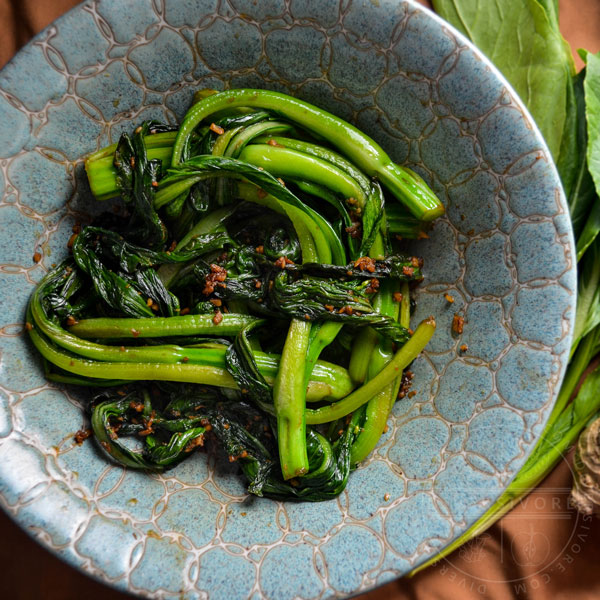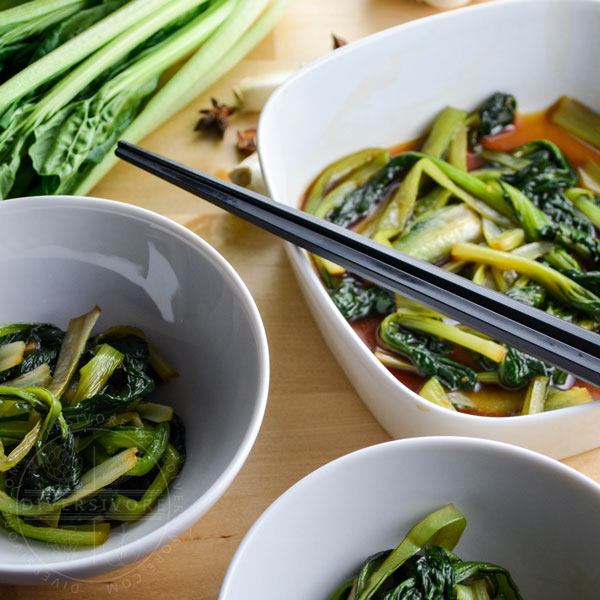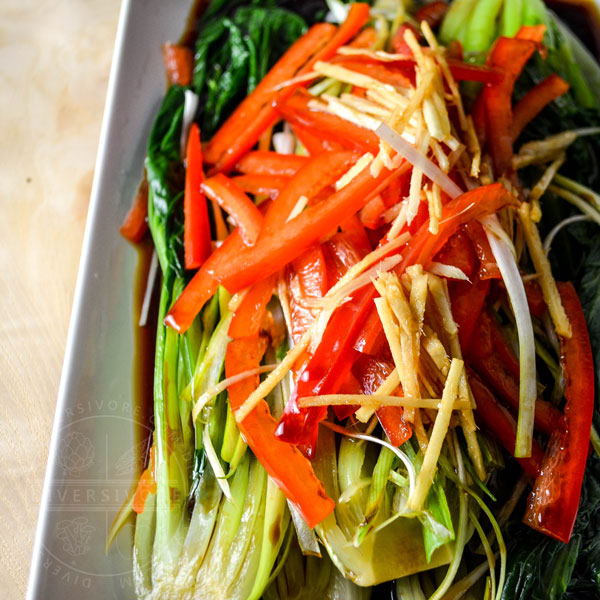How to Find, Choose, & Use
Snow Peas
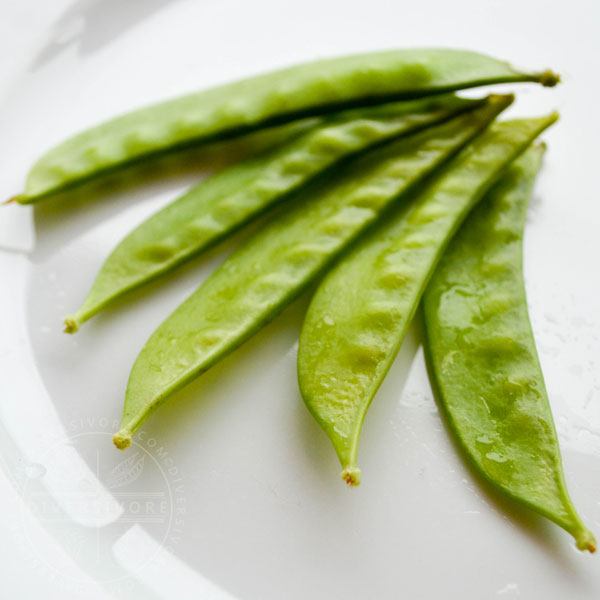
Share this Guide
The Basics
What Is It?
A variety of legume which, unlike the English or garden pea, is contained in a tender, edible pod. The tender shoots of the plant, called pea tips, are also eaten as a vegetable (click here to read about pea tips/sprouts).
Seasonality
Available YEAR-ROUND, but best in Spring and Fall.
Flavour Profile
Green/Sweet - similar to shelled peas, but with an added 'green' flavour.
Other Names
French: mangetout (also used in English)
Chinese: - 荷兰豆 - hé lán dòu (Mandarin)
Snow Pea FAQs
Are Snow Peas the Same As Snap Peas?
No, they're not, but they are very similar. Both are true peas (Pisum sativum) with edible pods, but they're different varieties with slightly different features. Snow peas (Pisum sativum var. saccharatum) tend to have very flat, thin pods, while snap peas (Pisum sativum var. macrocarpon) have thicker, rounder pods. The two varieties are fairly interchangeable from a culinary standpoint.
Are Snow Peas Keto/Low-Carb?
Yes. Peas in general are a higher-carb green vegetable, but snow peas are considerably lower in carbohydrates than their shelled cousins. A 100 g serving of snow peas only contains 7.55 grams of carbohydrates.
Do You Have to Peel Snow Peas?
You want to pop the stem end off of your snow peas first. There's a fibrous strip running from the stalk along the back side to the tip of the pod. This can be a little tough, so many people choose to pull it off (see Prep notes below), but it's not always necessary. If you have particularly young and tender snow peas you can just eat them as-is.
The entire pod of the snow pea is edible, so there's no need to remove any portions of it unless they're particularly damaged or discoloured.
Why Are They Called Snow Peas?
Snow peas can be grown as a field crop in the winter (at least in relatively moderate climates), and will even grow through/under some snow - hence the name.
How-To
Find
Snow peas are easiest to find at Asian grocery stores, but are usually fairly common at well-stocked general grocery stores.
Choose
Look for vibrant, light emerald green pods. While it isn’t uncommon for snow peas top have small pale ‘checks’ along the surfaces of the pods, you want to try to avoid pods that are heavily marked or damaged looking. Avoid old, dry snow peas, which often crack and fray around the ends of the pods.
Prep
Difficulty: Easy to Moderate - Wash thoroughly, then snap off any stalks at the base of the pods. Many people also pinch off the hooked tip at the end of the pods in order to peel off the stringy fibers along the seams of the pod (see 'Need More Details?' below).
Use
Can be eaten raw or cooked. Snow peas generally benefit from fairly light cooking, which allows them to retain their colour, flavour, and texture.
Store
Short Term: Refrigerate (unwashed, 3-5 days in a breathable plastic bag in the crisper)
Long Term: Wash and thoroughly dry, then freeze in an airtight container for up to 1 year.
Culinary Info
Flavour Profile
Mild/Sweet/Green - Snow peas taste... well, like peas. They have much of the same distinctive, moderately sweet pea flavour, though with an added leafy-green vegetable aspect.
Substitutions
Snap peas and snow peas can be used more-or-less interchangeably.
Cuisines
Sometimes used raw in salads, but most popular as a cooked (and especially as a flash-cooked or stir-fried) vegetable. Though not unique to East Asian food, snow peas nonetheless appear quite frequently in East Asian and Asian-inspired dishes.
Flavour Pairings
Distinctive yet relatively mild, snow peas work well with a variety of foods. Their bright but mild flavour makes them popular in seafood dishes and alongside other vegetables. Snow peas work quite nicely with texturally similar vegetables (carrots, water chestnuts, and lotus roots are excellent examples).
Varieties
While there are multiple snow pea varieties available to home gardeners, commercial snow peas tend to be fairly homogeneous.
More Info
Nutrition
Very high in Vitamin C with respectable amounts of fiber and Vitamin A.Nutrition FactsSnow Pea Pods - 100 g (3.5 oz)Amount Per ServingCalories 42 Calories from Fat 9% Daily Value*Fat 1g2%Saturated Fat 1g6%Sodium 4mg0%Potassium 200mg6%Carbohydrates 8g3%Fiber 3g13%Sugar 4g4%Protein 3g6%Vitamin A 1087IU22%Vitamin C 60mg73%Calcium 43mg4%Iron 2mg11%* Percent Daily Values are based on a 2000 calorie diet.Top-To-Tail
In addition to the pods, the young green leaves and shoots are also edible (and delicious). For more on those, click here. Pea flowers are also edible, but make sure you're eating true pea (Pisum sativum) and not sweet pea (see Top-to-Tail note below for more information).
GMO Status
There are no GM or gene-edited snow peas in the human food supply.
Health & Science
- Exceptionally healthy and and fairly nutrient-dense
- Peas and their relatives are extremely commonly used a variety of agricultural settings for their ability to fix nitrogen in the soil. Bacterial associations with pea plant roots draw nitrogen from the air and convert it to a source that can be used by plants. This valuable ability can ‘recharge’ the nitrogen content of soil, thereby reducing the demand for fertilizers.Organic vs. Conventional
Conventionally grown snow peas are generally much easier to find than organic, though organic peas are available. Conventionally grown snow and snap peas have been flagged by the Environmental Working Group (EWG) for having fairly high pesticide residues.
Snow Pea Recipes
Share this Guide


